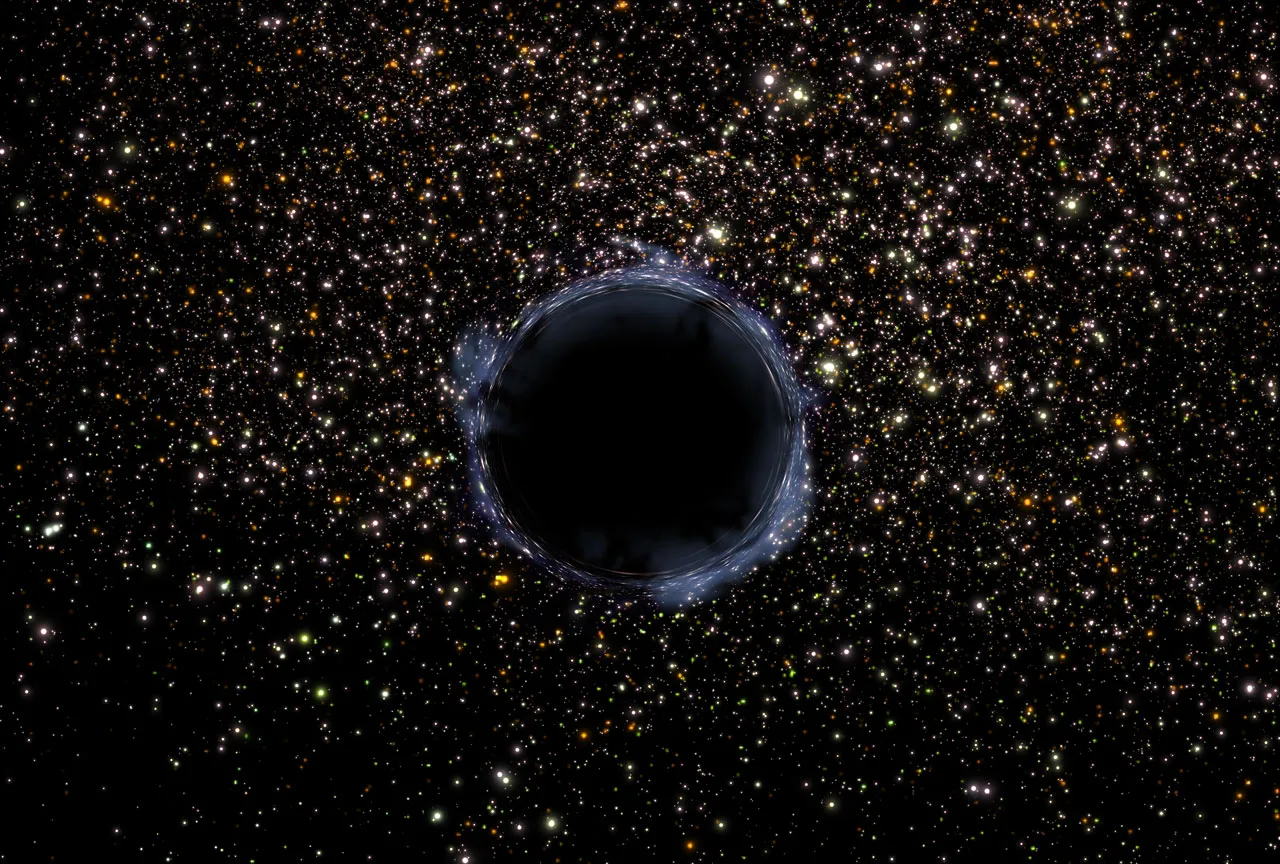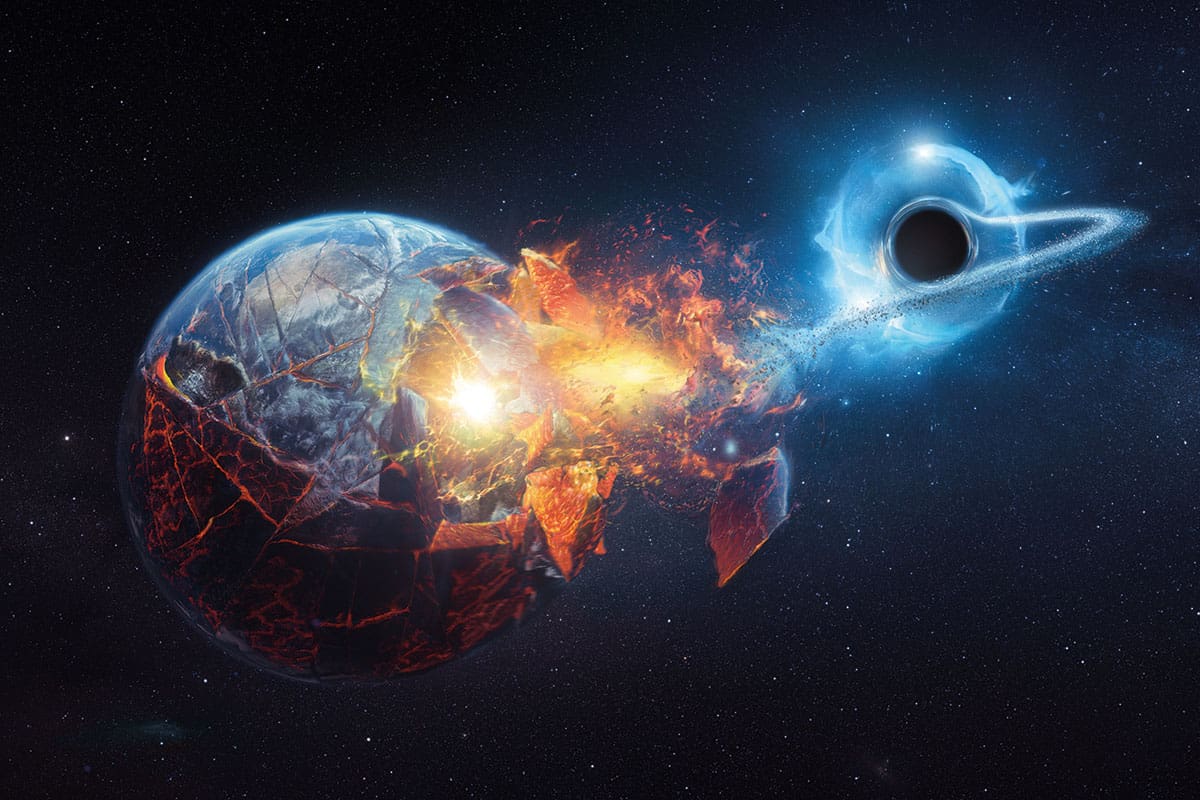According to some cosmologists, at the moment of the Universe’s creation, the so-called primary black holes were formed in it. They did not arise due to the gravitational collapse of stars, but formed in superdense matter at the time of the initial expansion of the Universe, and were very small. Such a black hole could have the mass of an asteroid and the size of a tennis ball.

Assuming that the scenario described above is real, some part of such objects should have survived to the present day. This raises the following question: what would happen if such a miniature black hole fell into the centre of the Sun? Will it swallow our star and, if so, how quickly will it happen?
A team of scientists tried to answer this question. In an article published on the arXiv website, they presented the results of their calculations. The study showed that a captured primary black hole would initially have almost no effect on a star like the Sun. This is due to the huge disparity in their masses. But then, it would start to grow and eventually could actually swallow the entire star.
The exact scenario will depend on the initial mass of the black hole. If it is about one billionth the mass of the sun, then the black hole could swallow a star in less than half a billion years.

If the black hole is much smaller, and its mass is less than one trillionth of the solar mass, then things become more complicated. A tiny black hole will absorb some matter inside the star, but not very quickly. However, it will stir up the matter in the core, heating it more than just fusion. As a result, the star can swell to the stage of a “red staggering” star, which will be colder and redder than ordinary giant stars. All this turbulence in the core can also affect activity on the surface of the star. The effects will be barely noticeable, but the presence of a black hole can still be detected using the method of astroseismology.
As for the Sun, based on all the data available today, it is almost certain that there are no black holes inside it. But it is possible that in the future astronomers will indeed be able to find such stars in the Universe.

